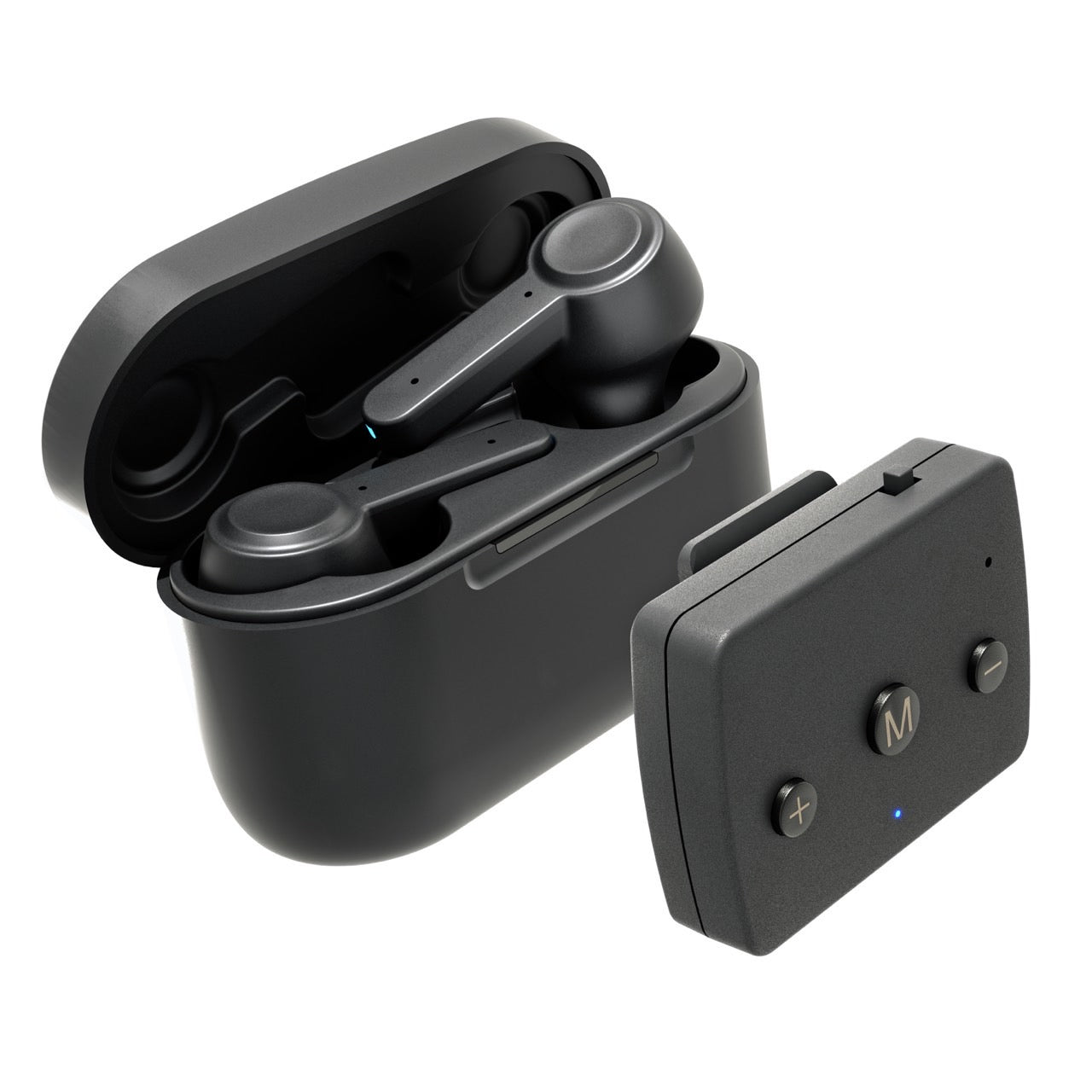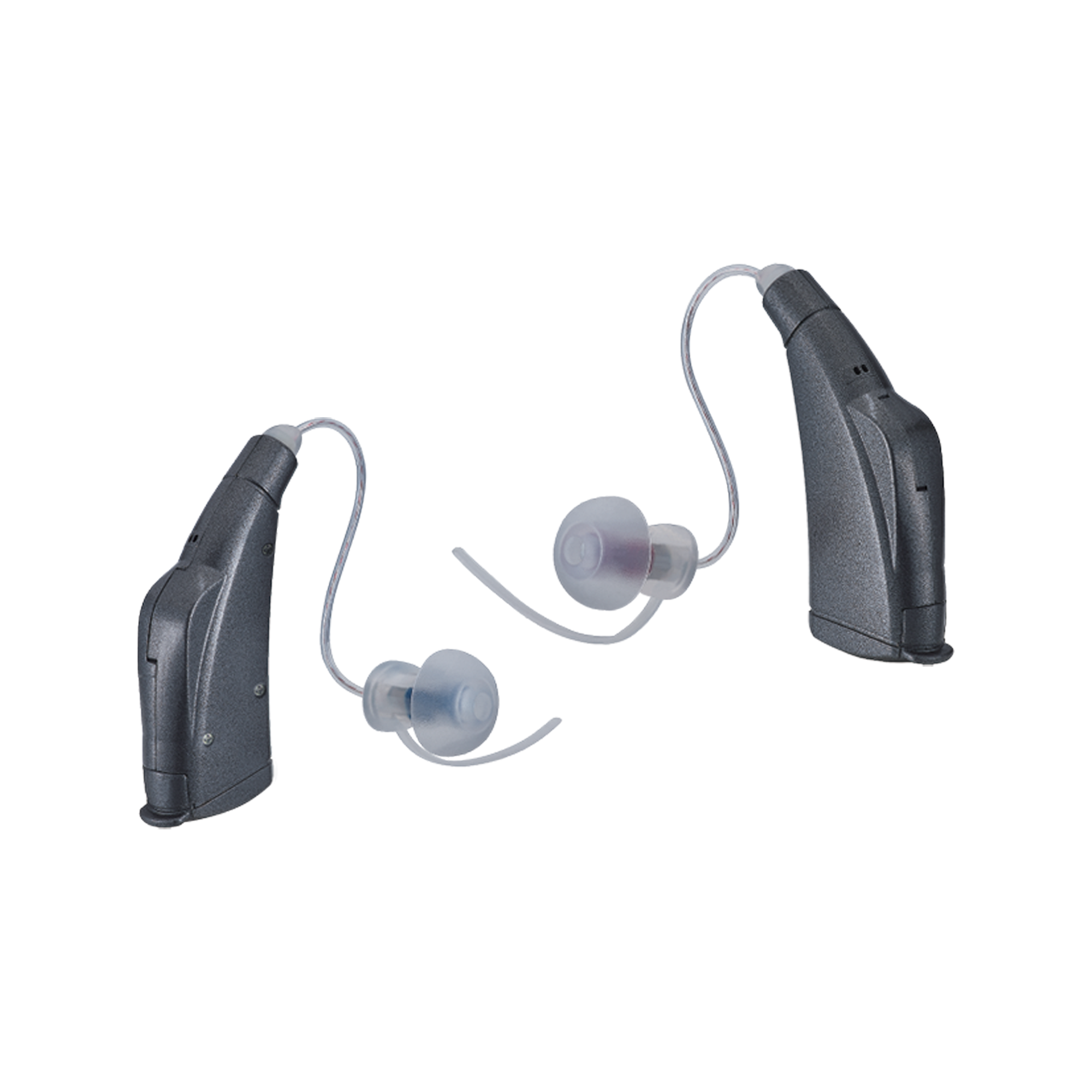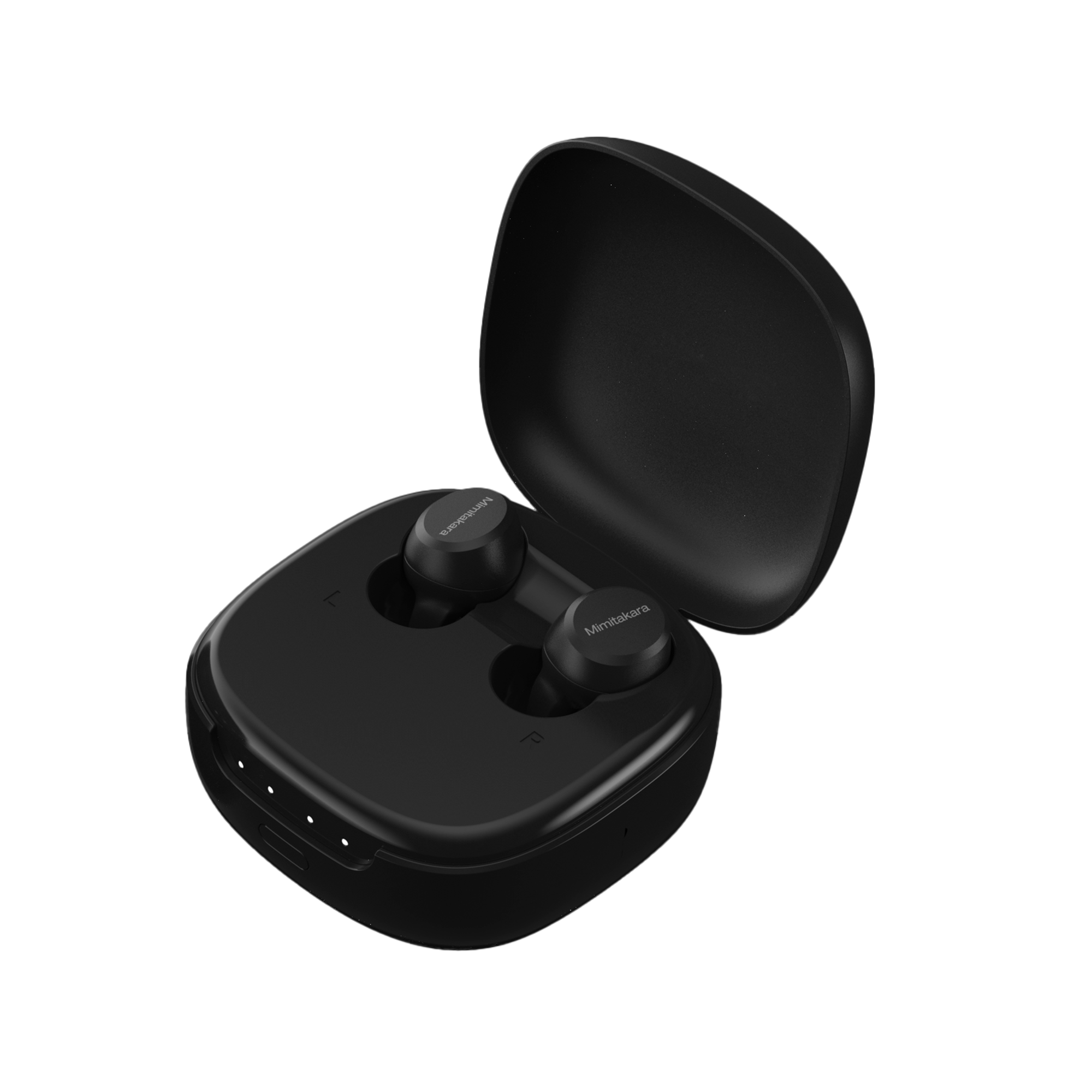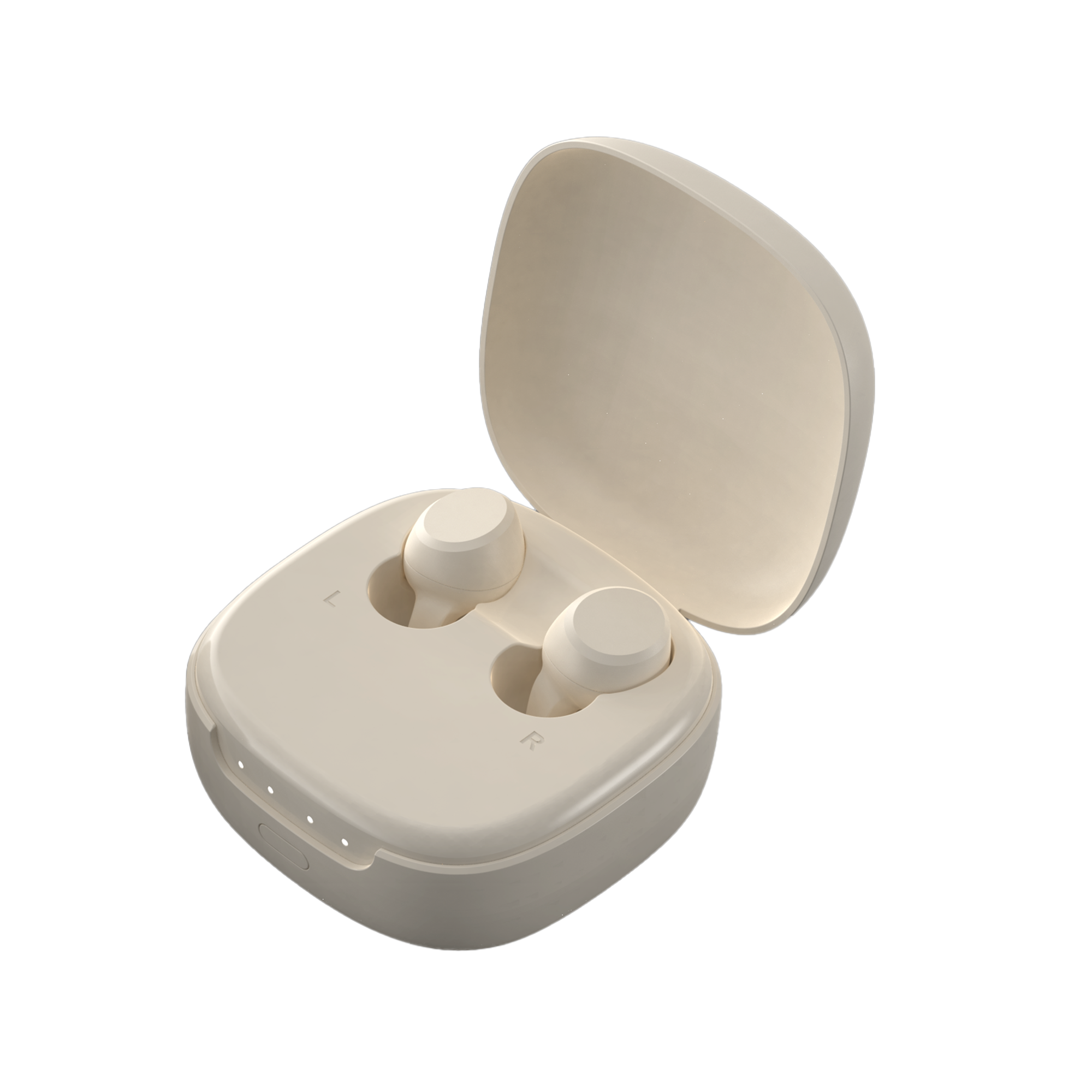In modern society, hearing problems are a challenge faced by many, with numerous individuals worldwide troubled by deafness or hearing loss. However, there is a widespread misconception about hearing aids: that wearing them will worsen one's hearing. This misunderstanding can be a barrier for those who need hearing aid assistance. Therefore, it is necessary to delve into and explain this issue.
According to the World Health Organization, over 1.5 billion people worldwide suffer from hearing loss, with nearly 20% experiencing disabling hearing loss. This number is expected to reach 700 million by 2050. In the United States, the National Institute on Deafness and Other Communication Disorders (NIDCD) reports that approximately 15% of American adults (37.5 million) aged 18 and over report some trouble hearing. The prevalence of hearing loss increases with age, affecting 25% of those aged 65-74 and 50% of those who are 75 and older.
Despite this challenge, many people have a misconception about hearing aids: that wearing them will make their hearing worse. This misunderstanding partly stems from a lack of understanding of how hearing aids work and partly from fear of hearing problems. In reality, hearing aids do not further deteriorate hearing. On the contrary, they are effective devices that help people hear better.
Understanding How Hearing Aids Work
Hearing aids help users hear more clearly by amplifying sounds that have been affected by hearing loss. They do not merely amplify all sounds but are professionally adjusted based on individual hearing conditions to provide the most suitable sound amplification. This means that hearing aids do not worsen hearing but instead help individuals better perceive surrounding sounds by providing the necessary auditory stimuli.

At their core, hearing aids have a microphone, amplifier, and speaker. The microphone picks up sounds from the environment, the amplifier increases the loudness of the sounds, and the speaker delivers these amplified sounds into the ear. However, modern hearing aids do much more than just amplify sound. They can differentiate between types of sounds (e.g., speech versus background noise) and are programmable to cater to the unique hearing loss patterns of the user, ensuring that the amplification is most beneficial where it's needed.
Advancements in technology have revolutionized hearing aids, incorporating digital processing to fine-tune and adjust sounds to suit individual needs better. This means they can be set to amplify only the frequencies a person struggles with, preserving natural hearing ability and comfort levels. Digital hearing aids can also connect wirelessly to devices such as smartphones and TVs, making them more versatile than ever before. Understanding the sophisticated nature of these devices is the first step in appreciating how they can improve, rather than deteriorate, hearing.
Despite their advanced capabilities, many people still harbor concerns about hearing aids. It's essential to recognize that hearing aids are designed with the user's hearing health in mind. They are programmed by audiologists or hearing specialists to ensure that the amplification levels are safe and effective for the wearer. This personalized approach helps to maximize hearing improvement while minimizing any potential risk.
Common Misconceptions About Hearing Aids
One of the most prevalent misconceptions is that hearing aids cause further hearing loss by making the ear dependent on them or by damaging the ear with loud sounds. This myth likely originates from the early days of hearing aids when technology was not as advanced, and devices were not as finely tuned to individual hearing needs as they are today.
Another widespread belief is that hearing aids are bulky, unattractive, and immediately noticeable. However, modern hearing aids come in a variety of styles and sizes, many of which are nearly invisible when worn. This variety ensures that users can find a hearing aid that feels comfortable and discreet.
There's also a myth that hearing aids are only for the elderly, suggesting that wearing one is an undeniable sign of aging. This stigma can prevent individuals of all ages who could benefit from hearing aids from seeking help. The truth is, hearing loss affects people of all ages, and the use of hearing aids can dramatically improve the quality of life for anyone experiencing hearing difficulties.
Professional Calibration and Safety
The professional calibration of hearing aids is a crucial part of ensuring their effectiveness and safety. Hearing specialists conduct detailed assessments and adjustments based on the degree of hearing loss, ear anatomy, and personal hearing needs. This process includes:

- Hearing Examination: This is a key step to determine the degree and type of hearing loss. Professionals can identify which sound frequencies are difficult for the user to hear and the causes and locations of hearing loss, providing a foundation for adjustments.
- Hearing Aid Selection: Based on the hearing examination results and the user’s personal needs, specialists help select the most suitable hearing aid. Different hearing aids have various functions and technologies, making the right choice crucial.
- Calibration and Customization: Once a suitable hearing aid is selected, specialists will professionally calibrate and customize it to meet the user’s needs. This includes adjusting sound amplification, setting noise handling functions, and making other custom settings according to specific hearing requirements.
- Usage Guidance: Professionals will provide guidance on how to correctly wear, use, and maintain the hearing aid. This includes adjusting the volume, changing batteries, cleaning the hearing aid, and ear care advice.
Through these professional steps, users can ensure the effectiveness and safety of their hearing aids while maximizing their hearing experience. Therefore, even when using hearing aids, there is no need to worry about ear damage.
Hearing Aids and Hearing Health
Wearing hearing aids does not further harm hearing. On the contrary, consistently wearing hearing aids can help slow down the rate of hearing decline. Hearing problems often arise with aging, and hearing aids provide the brain with necessary auditory stimuli, helping maintain auditory nerve activity and slowing the rate of hearing decline. Dr. Jin-Guo Chen, Director of the Ear Department at Chang Gung Memorial Hospital, points out that some patients find hearing aids "harsh" and think their hearing deteriorates. However, the brain has become accustomed to the previously diminished hearing and perceives it as normal. Therefore, the sudden influx of sounds, especially loud volumes and previously unheard small sounds, feels unfamiliar and harsh.
Cognitive Benefits of Hearing Aids
Additionally, studies show a close relationship between hearing loss and dementia. Hearing loss accelerates cognitive decline and increases the risk of dementia. However, using hearing aids can effectively reduce the risk of cognitive decline, helping maintain cognitive function.

In conclusion, do not let misconceptions about hearing aids prevent you from improving your hearing. Hearing aids are safe and effective devices that help people hear better, slow down the rate of hearing decline, and maintain cognitive function. If you or someone around you has hearing problems, do not hesitate to consider wearing hearing aids; they may bring unexpected benefits.
FAQ
- What is the common misconception about hearing aids?
The common misconception about hearing aids is that wearing them will worsen one's hearing. This misunderstanding partly stems from a lack of understanding of how hearing aids work and partly from fear of hearing problems. However, in reality, hearing aids do not further deteriorate hearing. They are effective devices that help people hear better.
- How do hearing aids function?
Hearing aids help users hear more clearly by amplifying sounds that have been affected by hearing loss. They are professionally adjusted based on individual hearing conditions to provide the most suitable sound amplification. Modern hearing aids can differentiate between types of sounds and are programmable to cater to the unique hearing loss patterns of the user.
- What are the common misconceptions about hearing aids?
Common misconceptions about hearing aids include that they cause further hearing loss by making the ear dependent on them or damaging the ear with loud sounds, that they are bulky and noticeable, and that they are only for the elderly. These misconceptions are largely unfounded, as modern hearing aids are finely tuned, come in a variety of styles and sizes, and can benefit individuals of all ages.
- What are the benefits of wearing hearing aids?
Wearing hearing aids does not harm hearing. Instead, consistently wearing hearing aids can help slow down the rate of hearing decline. They provide the brain with necessary auditory stimuli, helping maintain auditory nerve activity. Additionally, using hearing aids can effectively reduce the risk of cognitive decline, helping maintain cognitive function.

















